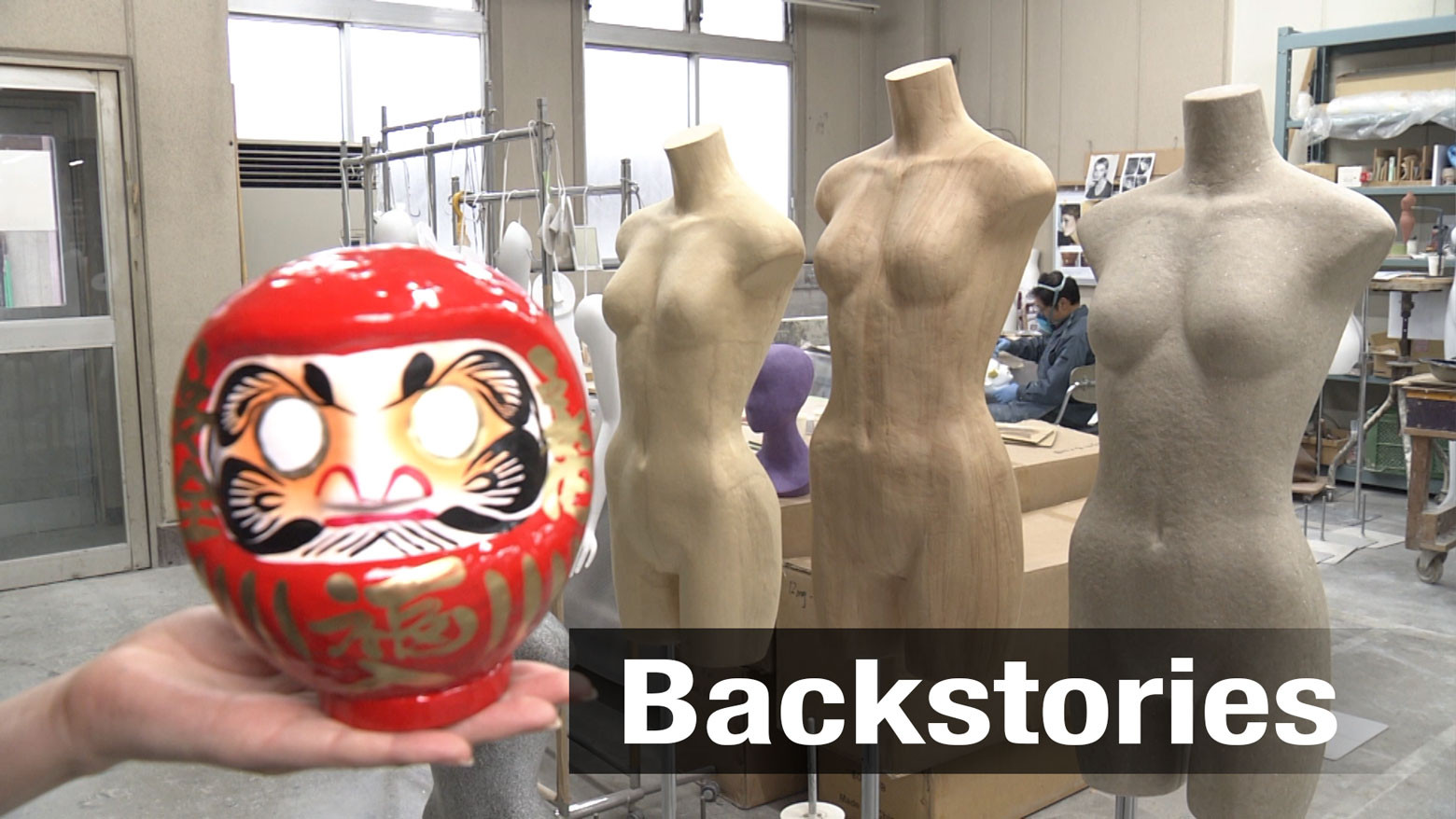Around the world, governments and major corporations are working to reduce plastic use and implement sweeping reforms to bring about a more sustainable society. Amid these large-scale efforts, a small company in Japan is trying to change how the industry it works in approaches the issue.
Fashion's plastic problem
Last November, small and medium-sized businesses from the Greater Tokyo area gathered at the 2019 Tokyo International Industry Exhibition to showcase their latest products.
Mode Kohgei of Saitama Prefecture was one of just 20 firms to receive a special invitation from the Tokyo Metropolitan Government. The company specializes in mannequins and its products have been a fixture in shops and department stores across the country for over half a century. For its entire history, Mode Kohgei has made its mannequins out of plastic. But it had something new to show off at the exhibition: paper mannequins.
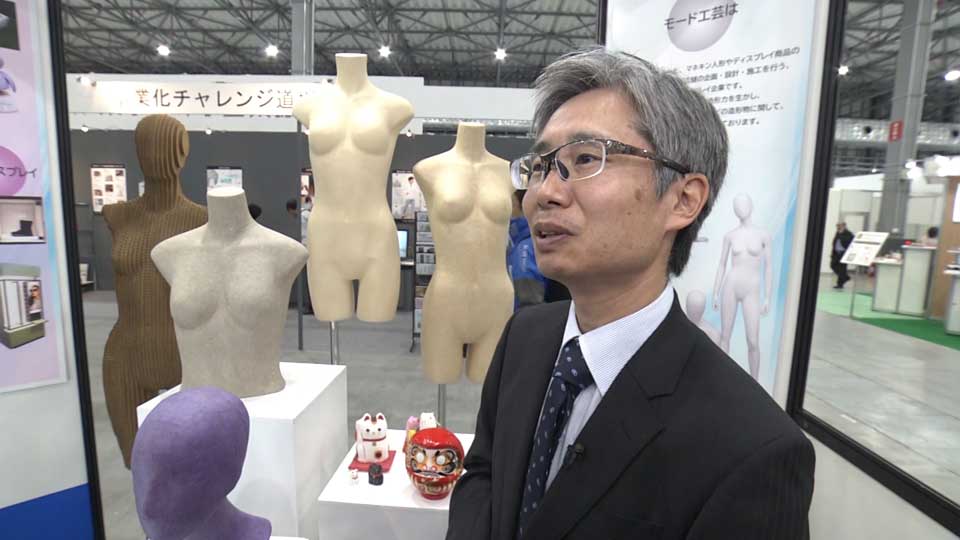
"It's estimated that Japan throws away 100,000 mannequins every year," Yoshio Osata, the company's managing director, says. "Most of them are made of plastic and they end up as industrial waste."
Mode Kohgei produces between 7,000 and 8,000 plastic mannequins every year, which they sell or lease to stores around Japan. The products are durable and can be repaired if color fades or a piece breaks off. But these fixes can only hold for so long and eventually the mannequins have to be replaced. The company says it disposes of about 2,000 every year.
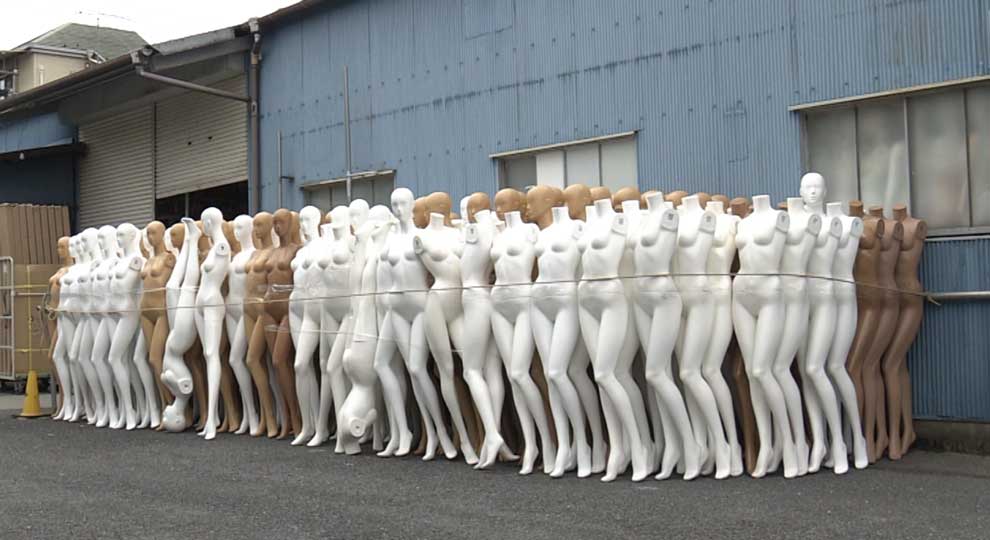
"The fashion industry has been heavily criticized in recent years for our environmental record," Osato says. "We are a major greenhouse gas emitter and create lots of trash."
Plastic on the ocean floor
Osato says he became determined to change how his company made its mannequins after he saw some footage taken at the bottom of the ocean. The video was recorded in 1991 at a depth of over 6,200 meters in the Japan Trench. Amid the dark, inky waters, a mannequin head was lying in the sand.
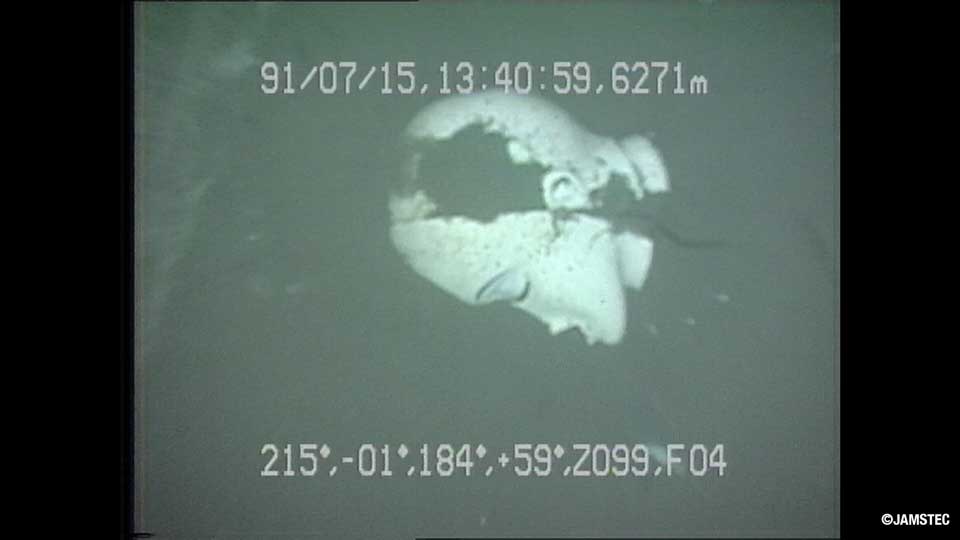
"We used plastic because it's a cheap, light, and durable material. It allowed us to mass-produce. But seeing that video, it really drove home how our mannequins never decay or decompose. It was hard to process but I realized we had to do something about it."
Japanese tradition offers a solution
Osato mulled a solution for days before finding a possible answer from an unexpected source. The traditional Japanese daruma doll is a ubiquitous presence in households around the country. It is a popular gift and good luck charm and is made of only two materials: paper and glue. Osato thought the same simple design could be used for mannequins.
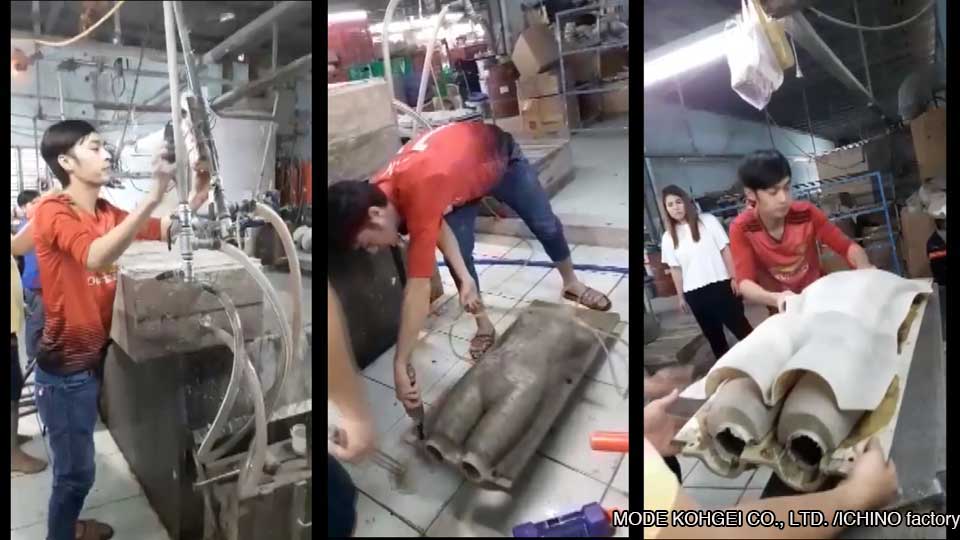
He got in touch with a daruma maker that manages a factory in Vietnam and the two sides reached an agreement to share the facility. The plant had been operating only a seasonal basis, so bringing in a partner that would use it full-time helped the daruma maker's business.
After months of trial and error, Mode Kohgei was able to produce its first paper mannequin torso. The company has now made 15 and is trying to promote them to shops and brands with reputations of valuing sustainability. Osato says reception has been warm but that it will take some time for the paper model to be accepted industry-wide. In the meantime, the company is working on adding a head and limbs to the torso, which would make the mannequin suited to display a greater variety of styles and clothes.
"Completely replacing plastic mannequins with paper might be unrealistic but we want to at least draw attention to the waste problem," Osato says. "I hope efforts like ours will continue to grow around the world."
